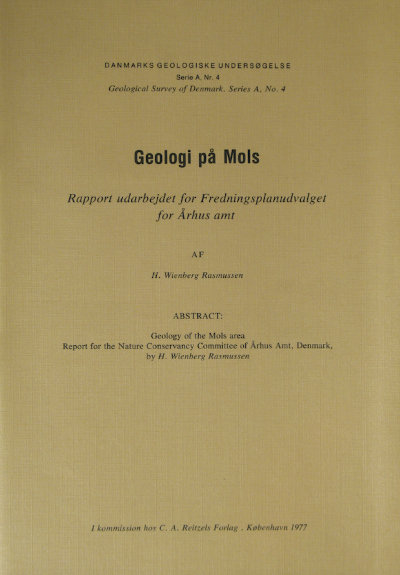Geologi på Mols. Rapport udarbejdet for Fredningsplanudvalget for Århus amt
DOI:
https://doi.org/10.34194/seriea.v4.7024Abstract
The geology of the Mols Bjerge peninsula and landscapes in the southern part of Djursland are reviewed on a basis of published information and new observations. A map of the prequaternary formations, a soil map and a geomorphological map of the area are presented. Numerous inclusions of Lower Eocene clay in the ground morain indicate that the Lower Eocene (Ypresian) constitutes the Prequaternary surface of the Mols Bjerge peninsula and areas north of Kalø Vig. Prominent hills and ridges of glaciofluvial sand along the East Jutland ice margin and in Mols Bjerge were previously interpreted as push moraines in front of an ice advancing from the south. They are now interpreted as more or less undisturbed sediments deposited by meltwater in marginal and interlobate areas covered by remains of stagnant ice during the gradual retreat of the ice shield from East Jutland. They appear not to have been transported or pushed in any significant way by the ice.
Downloads
Published
Issue
Section
License
This article is distributed under a CC-BY 4.0 licence, permitting free redistribution and reproduction for any purpose, even commercial, provided proper citation of the original work. Author(s) retain copyright over the article contents.


